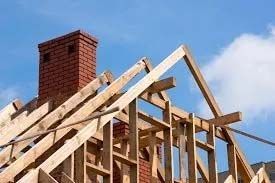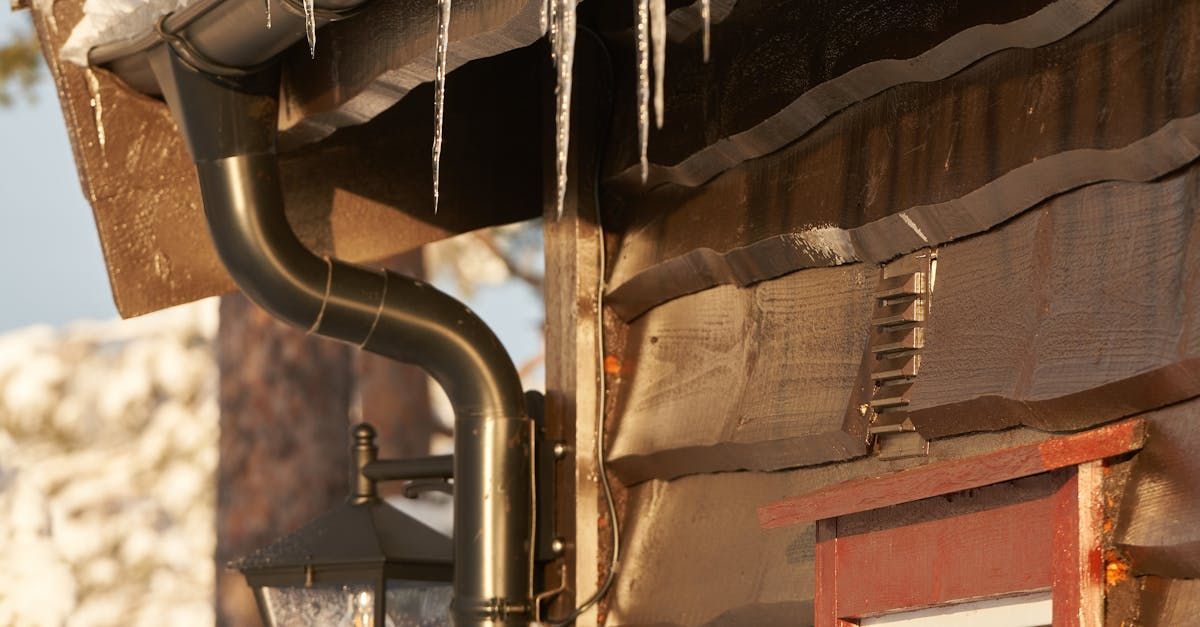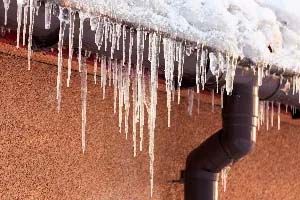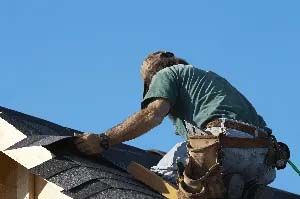When Your Attic Is Damp but Your Shingles Are in Good Shape
When Your Attic Is Damp but Your Shingles Are in Good Shape

When you venture into your attic, the air and the insulation should feel dry. If your insulation feels moist, or if you're noticing little pools of dampness, your first thought may be that your roof is leaking. But what if you can't find any damaged or missing shingles? Follow these steps to discover why your attic is becoming moist.
Look for Less Obvious Sources of Leaks
Many homeowners assume that all leaks are caused by holes in the roof or missing shingles, but in fact, this is only one possible way water can enter your attic through the roof. Wait for a day when the weather is decent and then climb up on a ladder to check for these other sources of leaks.
Missing or Damaged Flashing
Flashing is the metal barrier that surrounds chimneys, vents, and other items that project from your roof. Flashing can sometimes become damaged by ice buildup, fallen branches, or naturally forming rust. If your flashing is peeling away from the roof or looks like it's coming "undone," this is probably where the water's coming in. Have a roofing company come repair or replace your flashing.
Exposed Nail Heads
When your roof is placed on your home, the nails in one layer of shingles should be hidden under the next layer of shingles. If your shingles are not applied properly and a nail head is left exposed, little drops of water can seep in around it. If you're comfortable climbing on your roof, you can pound down the nail and cover the head with roofing cement to stop the leak.
Blocked Gutters
If your gutters are blocked by debris, water may pool on certain spots on the roof for so long that it starts permeating the shingles. Luckily, there's an easy fix for this: clean out your gutters!
Examine Your Bathroom and Kitchen Vent Fans
Bathroom and kitchen exhaust fans should be vented to the outdoors, but if your home was built or remodeled by a less than scrupulous contractor, the vent may have been wrongly routed to the attic. Since these exhaust pipes emit humid air, moisture will accumulate in the attic whenever you turn them on.
Turn on your exhaust fan after a shower or after using your oven, and then venture into the attic. Do you see or feel air coming into the attic? If so, you'll need to have a contractor come re-route your exhaust fan and probably replace your moist insulation too.
Consider Your Roof's Ventilation System
Roofing vents are designed to allow warm air to escape from your attic so that it does not become overly moist. Some roofs are designed with soffit vents placed under the eaves, and others have ridge vents placed along the top of the roof. Large roofs often have both types of vents.
If you truly cannot find a distinct leak and your bathroom and kitchen vents are properly placed, then poor ventilation is likely to blame for the moisture buildup in your attic. Your roof vents may be blocked, or there may not be enough of them for the layout of your home. Have your roofing company come investigate; they can clear the vents or install new ones if needed.
Some homes are designed in a way that, no matter how many vents you install, air simply does not flow well though the attic. When this is the case, installing an attic fan, which brings fresh air into the attic, should solve the problem and keep your attic dry.
If your attic is damp even though your shingles appear to be fine, don't just shrug your shoulders and ignore the issue. Attic moisture will soon lead to mold, which is dangerous to your health. Consider the causes above, and schedule an appointment with your roofing company to get to the bottom of the issue.







